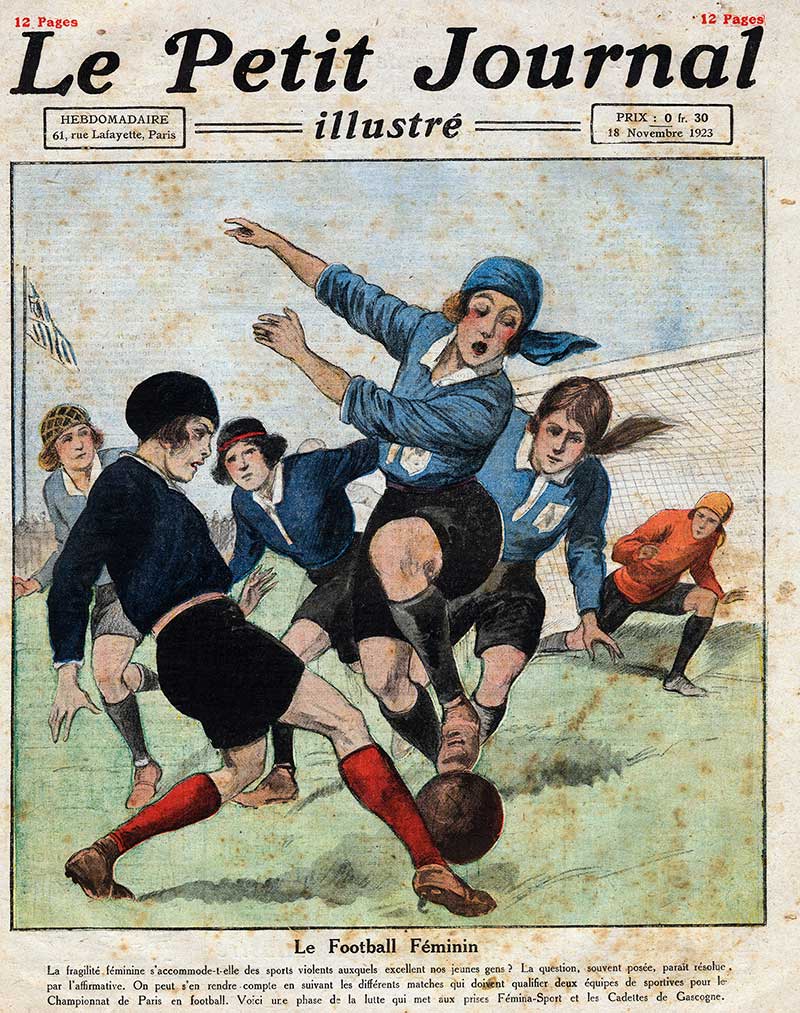
As part of the Didaktika project, the Museum designs educational areas and organizes activities to complement its exhibitions. Tools and resources are provided both in the galleries and online to increase viewers’ understanding and comprehension of the artists and works on display.

Cities developed unevenly in the early 20th century, and the gap between the social classes became more pronounced. Many people lived in slums in minimal sanitary conditions, poverty and violence were evident on city streets, and protests increased. Berlin, London, Moscow, Paris, Saint Petersburg, and Vienna were Europe‘s largest cities at the time.
In parallel, the political and social changes brought about by World War I led to a rise in the suffragist movement in Europe, particularly in England. The social mobilization and an influx in working women were essential in disseminating their claims. The feminist movement, which had started in the last third of the 19th century, gradually reached some of its goals, such as the right —sometimes limited— to vote, which was achieved after World War I in countries like Denmark, Finland, and Norway; in the interwar period in Germany, Austria, Belgium, England, the Netherlands, Poland, Sweden... ; and later, between 1931 and 197 4, in Spain, France, Italy, Portugal, and Switzerland. Equal access to education and salary parity were other demands behind some of the protests, although they have not yet been achieved in many societies. Can you identify any of these issues around you today?
Women’s football match, Championnat de Paris. Front cover: Le Petit Journal —Illustré—, November, 1923. Getty Images.
